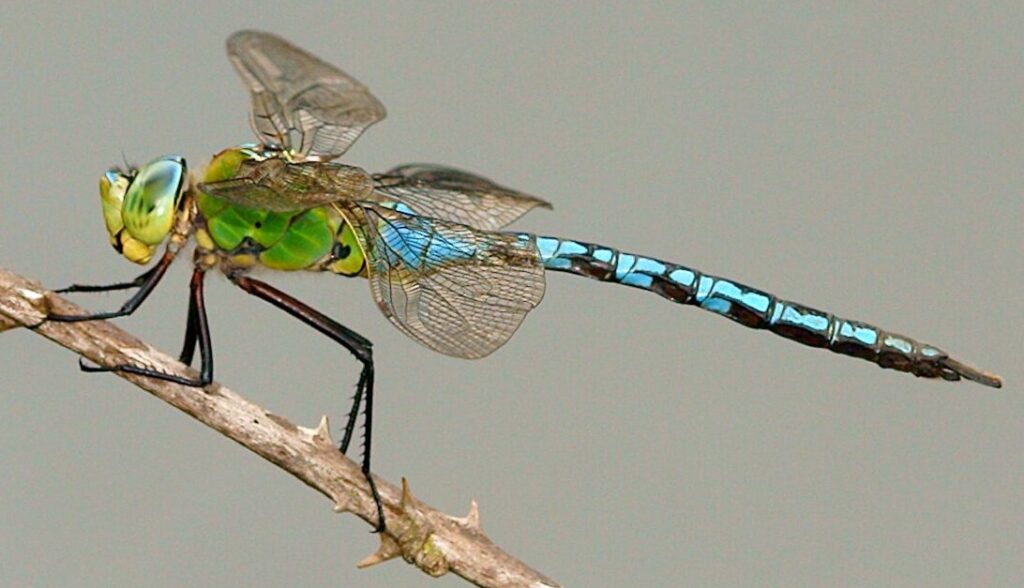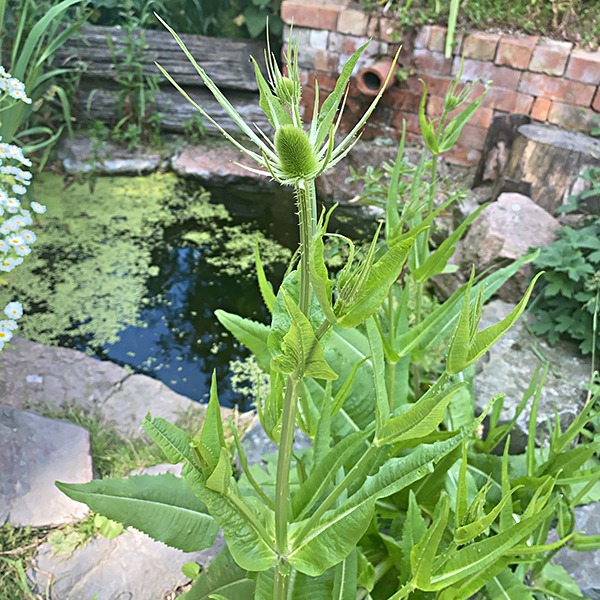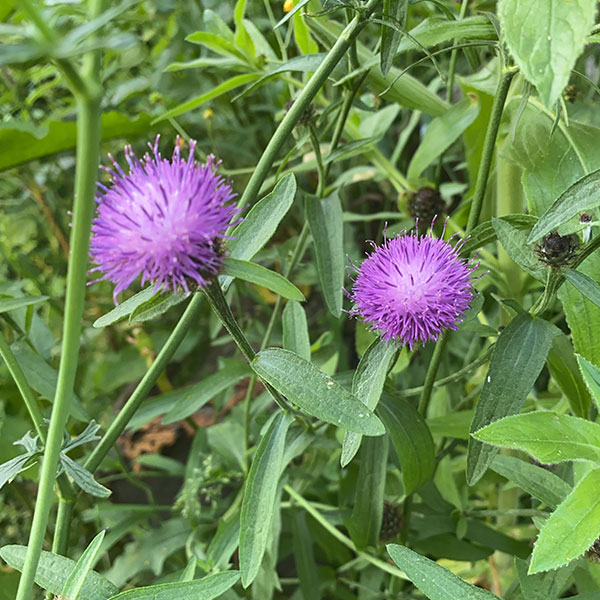Wildlife Pond
Wildlife Pond

Our wildlife pond in Loughborough, located in the East Midlands of England, is a haven for local flora and fauna. Such ponds not only enhance the beauty of the garden but also support biodiversity by providing a habitat for a variety of species. Here’s how you can create and enjoy a wildlife pond in this region, focusing on the unique plant and animal life you might encounter.
Flora in a Loughborough Wildlife Pond
The flora in our wildlife pond plays a crucial role in supporting the local ecosystem. Native plants are essential as they are well-adapted to the local climate and soil, and they provide food and shelter for local wildlife. In Loughborough, consider planting marginal plants like Yellow Flag Iris (Iris pseudacorus), which thrives in shallow water and attracts bees and dragonflies. Floating plants such as Frogbit (Hydrocharis morsus-ranae) provide shade and reduce algae growth, creating a balanced environment. For oxygenation, submerged plants like Hornwort (Ceratophyllum demersum) are excellent choices, as they help maintain water quality and provide hiding places for small creatures.
Fauna in a Loughborough Wildlife Pond
Wildlife ponds are a refuge for various animals, offering water, food, and shelter. In the East Midlands, a well-established pond can attract amphibians such as the Common Frog (Rana temporaria) and Smooth Newt (Lissotriton vulgaris). These species thrive in garden ponds, especially if they have shallow edges and plenty of plant cover.
Invertebrates also play a vital role in the pond ecosystem. Dragonflies and damselflies, with their distinctive iridescent wings, are not only fascinating to watch but also help control insect populations. Beetles like the Great Diving Beetle (Dytiscus marginalis) and various water snails contribute to the pond’s health by feeding on decaying material and algae.
Birds such as the Grey Wagtail and Common Moorhen may visit to drink and feed, especially if the pond has gently sloping sides allowing easy access. Moreover, small mammals like hedgehogs might come by for a drink or to forage around the pond.
Maintaining a Healthy Wildlife Pond
To maintain a healthy wildlife pond, it’s crucial to avoid introducing fish, as they can disrupt the delicate ecosystem by eating invertebrates and amphibian larvae. Instead, focus on natural balance. Keep the pond clear of excess debris and ensure a variety of plants to support different species. Seasonal maintenance, such as thinning out plants in autumn and keeping an eye on water levels during dry spells, is essential for sustaining this vibrant ecosystem.
By creating a wildlife pond in Loughborough, we are contributing to local biodiversity and providing a peaceful retreat for the community and the local wildlife. Enjoy the beauty and diversity of nature right in the heart of Loughborough!
Some of the Wildlife you might see here…
Common Frog

The common frog (Rana temporaria), native to the UK, is a familiar amphibian with smooth skin, typically green or brown, often adorned with dark markings. These versatile creatures inhabit a variety of habitats, from gardens to woodlands, and are often found near ponds, where they breed in spring.
They undergo a remarkable transformation from tadpole to frog. Despite their small size, around 6 to 9 centimeters, they play a crucial role in the ecosystem by controlling insect populations.
Threats like habitat loss and pollution have impacted their populations, emphasizing the need for conservation efforts to protect these iconic amphibians.
Dragonflies
Around our ponds, several species of dragonflies can be found, including the common darter (Sympetrum striolatum), the migrant hawker (Aeshna mixta), and the emperor dragonfly (Anax imperator). The common darter is one of the most frequently seen dragonflies in the region, with its distinctive red-brown coloration and characteristic perching behavior.
The migrant hawker, with its blue-green body and yellow markings, is also common, especially around late summer and early autumn. The emperor dragonfly, one of the largest species, is often spotted patrolling ponds with its impressive aerial prowess, making it another common sight in the East Midlands.
Pond Skaters

There are nine species of pond skater in the UK, which range between 1-2cm in length. Often seen in large groups, they ‘skate’ around on the surface of the water in ponds, lakes, ditches and slow-flowing rivers, feeding on smaller insects which they stab with their sharp mouthparts or ‘beaks’. The common pond skater emerges from hibernation in April and lays its eggs. Hatching soon after, the nymphs go through a number of moults.
The brownish-black, long-legged common pond skater is only likely to be confused with the smaller, thinner, more fragile-looking common water-measurer, or the smaller, chunkier, shorter-legged water cricket.
Common pond skaters have water-repellent hairs on the bottom of their feet, enabling them to walk on the surface film of the water. They hunt by detecting vibrations in this film.
Some of the Flora
you might see here…
Wild Teasel
Dipsacus fullonum
A species of flowering plant known by the common names wild teasel or fuller’s teasel, although the latter name is usually applied to the cultivated variety D. fullonum var. sativus. It is native to Eurasia and North Africa, but it is known in the Americas, southern Africa, Australia and New Zealand as an introduced species.
It is a herbaceous biennial plant (rarely a short-lived perennial plant) growing to 1–2.5 metres (3.3–8.2 ft) tall. The inflorescence is a cylindrical array of lavender flowers which dries to a cone of spine-tipped hard bracts. It may be 10 centimetres (3.9 in) long. The dried inflorescence of a cultivar was historically used in textile manufacturing as a tool for fulling.
Green Alkanet
Pentaglottis sempervirens
A curious name for a plant with such vivid blue flowers. The flower buds start off pink and gradually change colour as they open. Commonly known as green alkanet or evergreen bugloss, and it is one of several related plants known as alkanet. It is a bristly, perennial plant native to southwestern Europe, in northwest Iberia and France.
It has a deep tap root. It grows up to approximately 60–90 cm (23.6–35.4 in) tall with a roughly hairy stem. It has broadly ovate, or pointed oval leaves and the lower leaves have leaf stalks. It can retain its green leaves through the winter. Green alkanet blooms in spring and early summer, between April and June or July. It has pink flower buds that open up to brilliant blue or bright blue flowers with a white centre, approximately 10 mm (0.4 in) wide. There are 5 sepals. It has clusters of flowers, but only one flowering at a time. Its stamens are hidden inside narrow flower-tubes which end in a white eye in the centre of a blue flower
The flowers are pollinated by bees and bumblebees, and the seed capsules can also be transported over some distances on passing animal fur or attached to clothing.
Feverfew

Tanacetum parthenium
A flowering plant in the daisy family, Asteraceae. It may be grown as an ornament, and may be identified by its synonyms, Chrysanthemum parthenium and Pyrethrum parthenium. It is also used as a herbal medicine in the traditional sense and a dietary supplement to treat headache and other ailments, as well more recently in topical skin care as an antioxidant.
The plant is a herbaceous perennial that grows into a small bush up to 70 cm (28 in) high, with pungently-scented leaves. The leaves are light yellowish green, variously pinnatifid. The conspicuous daisy-like flowers are up to 20 millimetres (3⁄4 in) across, borne in lax corymbs. The outer, ray florets have white ligules and the inner, disc florets are yellow and tubular. It spreads rapidly by seed, and will cover a wide area after a few years. The plant produces achene fruit, and grows in stony slopes and river beds.
Black Knapweed
Centaurea nigra
A species of flowering plant in the family Asteraceae known by the common names lesser knapweed, common knapweed and black knapweed. A local vernacular name is hardheads.
Although the plant is often unwanted by landowners because it is considered a weed by many, it provides a great deal of nectar for pollinators. It was rated in the top five for most nectar production (nectar per unit cover per year) in a UK plants survey. It also placed second as a producer of nectar sugar per floral unit, among the meadow perennials, in another study in Britain.
It is a herbaceous perennial growing up to about a metre in height. The leaves are up to 25 centimetres (9.8 in) long, usually deeply lobed, and hairy. The lower leaves are stalked, whilst the upper ones are stalkless.
The inflorescence contains a few flower heads, each a hemisphere of black or brown bristly phyllaries. Each head bears many small bright purple flowers. The fruit is a tan, hairy achene 2 or 3 millimetres long, sometimes with a tiny, dark pappus. It flowers from July until September. The flowers sometimes are yellow or white.
The plant is an important source of food for the European goldfinch, honeybee, lime-speck pug moth, and the following butterflies: large skipper, meadow brown, small heath, painted lady, peacock, red admiral, small copper and small skipper.
In the UK study published by the peer-reviewed journal PLOS One, the plant was even more noteworthy for being the top producer of both nectar and pollen, when the amount of each were compared with the pollen production of the highest nectar producers and vice versa. Of the six species that produced more nectar than this plant, none of them produced a significant amount of pollen.
Rosemary

Salvia rosmarinus
Rosemary (Rosmarinus officinalis) is a perennial herb belonging to the Lamiaceae family. Characterized by its aromatic, needle-like leaves and woody stems, rosemary thrives in well-drained soil and full sunlight. It is drought-tolerant and can be grown both in gardens and pots, making it a versatile plant for various climates.
This evergreen shrub typically reaches a height of 1-2 meters, producing small, pale blue to white flowers that attract pollinators like bees. The leaves of rosemary are rich in essential oils, including cineole, camphor, and rosmarinic acid, which contribute to its distinctive fragrance and therapeutic properties.
Historically, rosemary has been used for culinary, medicinal, and ornamental purposes. In cooking, its pungent, slightly bitter flavor enhances meats, especially lamb, poultry, and fish, as well as soups and stews. Medically, rosemary has been valued for its antioxidant, anti-inflammatory, and antimicrobial properties. It has been used to improve digestion, enhance memory, and alleviate muscle pain.
Symbolically, rosemary has been associated with remembrance and fidelity, often used in weddings and funerals. Modern scientific research continues to explore its potential benefits, including its role in cognitive health and its use as a natural preservative due to its potent antioxidant properties.
Rainwater Harvest

Collecting rainwater means we don’t use water from the taps for most of our water needs. It also means that water is held on site which, if everyone with a roof did it, would help to reduce flooding.
The rain is collected in the tank which overflows when full into the bog garden. When the bog garden is full it overflows into the pond. Water supply and two habitats sustained by a simple gutter and downpipe!










